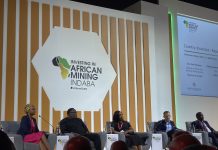‘To my grandmother it was a miracle.’ This is what the late Swedish academic, Hans Rosling, said when he gave a talk on one of the 20th century’s greatest inventions. What was he talking about, do you think? A 747? A personal computer? A cellphone? No, his grandmother considered the humble washing machine a modern miracle. The washing machine has freed many people (mainly women) from the drudgery of handwashing clothes, freeing them to work at more productive pursuits. As Rosling said, the washing machine turned dirty clothes into books. Before you close your browser angrily and ask yourself ‘What nonsense is this, washing machines aren’t magic’, see it from Rosling’s point of view. As he says, the time the washing machine saved his mother allowed her to read to him and accompany him to his local library to encourage his love of reading as a young boy.
The washing machine has changed lives around the world, and is a symbol of development in many countries, and Zambia is no different. The time that the washing machine has saved people around the world has often seen people able to focus on more productive pursuits such as paid work, or allowed them to spend more time with their children.
The washing machine has freed people to follow more productive pursuits.
However, a washing machine is useless without electricity – the lifeblood of any industrial or rapidly developing economy like Zambia. Electricity powers machines, engines homes, and appliances, like the humble washing machine. But more importantly it also powers the economy. An interesting observation in countries all over the world is that national electricity consumption does not just increase haphazardly, but is closely linked to the prevailing level of economic activity – and the graph below suggests that Zambia is no exception.
It shows the level of economic activity in Zambia, as defined by Gross Domestic Product (GDP), along with total national electricity consumption. There is a very strong correlation between the two curves, suggesting that the key driver for electricity consumption is the strength of the economy.
This link is not difficult to understand, because increased economic activity results in businesses expanding and new businesses being formed, leading to increased sales of goods and services – and all of this consumes electricity. Simultaneously, people get jobs, earn money and spend it on items that consume electricity, particularly in their homes. As incomes rise people also purchase appliances to make their lives easier, such as the (not so) humble washing machine.

This link between economic growth and increased energy consumption has found support in various studies. For example, a study on the relationship between economic growth and energy consumption between 1960 and 2005 in a number of developed countries found that a strong relationship between the two. The US Energy Information Administration reached the same conclusion, and noted in a 2016 report: “As countries develop and living standards improve, energy demand grows rapidly.”
The graph shows a steady increase in growth in Zambia’s GDP from about 2000, on the back of the rapid growth in copper production by Zambia’s newly privatised mining industry. This increased economic activity drove energy consumption by mines and other industries. It also kick-started an economic boom among the general population, which led to increasing demand from domestic users (whose lighting, geysers, kettles, fridges, washing machines and other appliances are powered by electricity).
So, far from being in competition for power, domestic and industrial users are actually partners in energy usage, as their increasing consumption goes hand in hand, and taken together is a sign of overall national development.

See also: How mining has made Zambians richer























